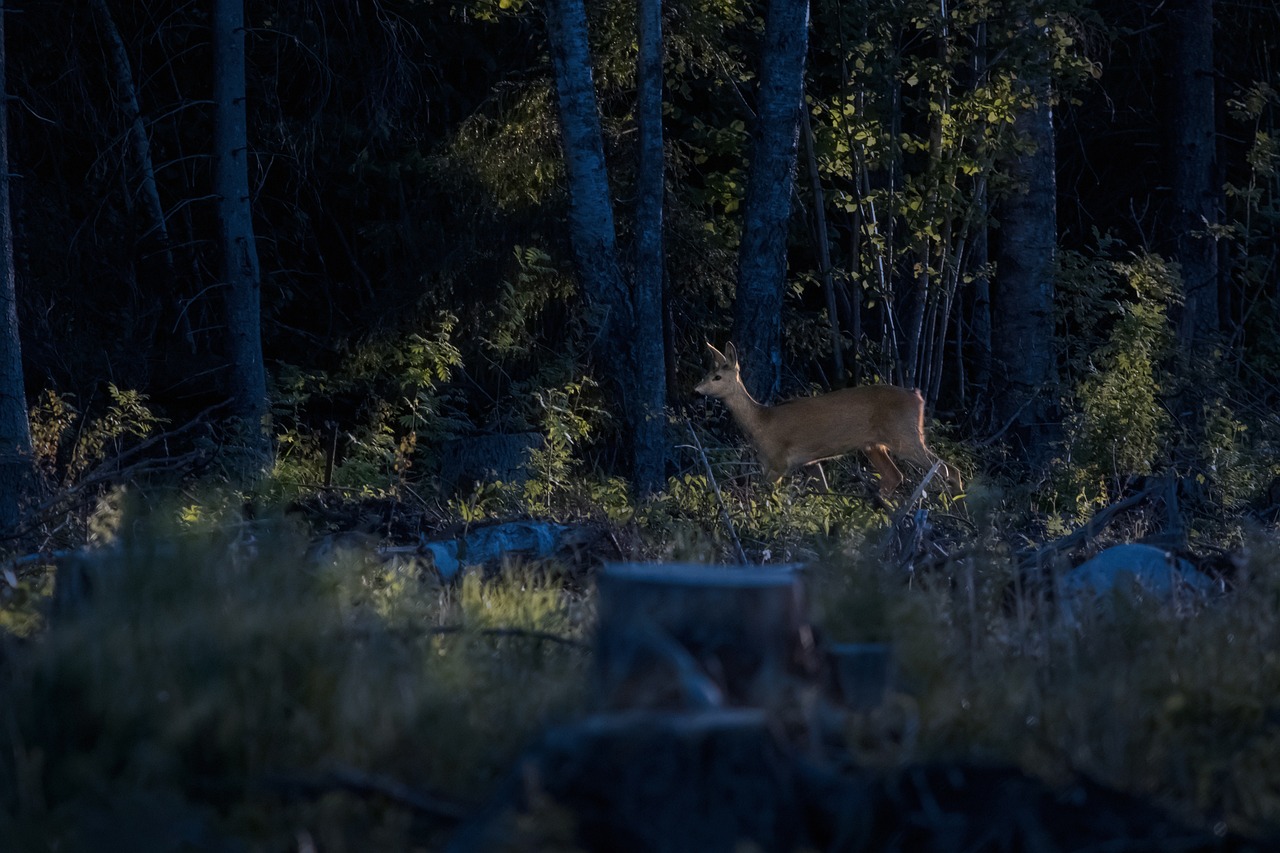Here’s a complete and natural-history-based overview of the European Roe Deer (Capreolus capreolus), one of Europe’s most widespread and graceful wild mammals. 🦌🌲
🦌 European Roe Deer (Capreolus capreolus)
Family: Cervidae
Genus: Capreolus
Common names: Roe Deer, Western Roe Deer, European Roe
🌍 General Overview
The European Roe Deer is a medium-sized, slender deer native to Europe and parts of western Asia.
It is known for its elegant appearance, short antlers, and adaptability to a wide range of habitats, from forests to open farmland.
Unlike many deer, the roe is solitary or found in small family groups, and it is crepuscular, most active at dawn and dusk.
Its adaptability and secretive behavior have made it one of Europe’s most successful wild ungulates.
🧬 Identification
| Feature | Description |
|---|---|
| Height at shoulder: | 60–75 cm |
| Body length: | 95–135 cm |
| Weight: | 15–35 kg (males slightly heavier) |
| Coat (summer): | Rich reddish-brown |
| Coat (winter): | Greyish-brown to dark brown with dense fur |
| Rump patch: | Distinctive white or pale rump area, especially visible in winter |
| Tail: | Very short and often inconspicuous |
| Antlers: | Short (10–25 cm), usually with up to 3 tines; regrown each year |
| Sex differences: | Males (bucks) bear antlers; females (does) lack them |
🆔 Key ID features:
- White rump patch (“mirror”)
- Small, delicate build with large dark eyes and alert expression
- Short, upright antlers with smooth velvet in spring
🌸 Behavior and Ecology
- Activity: Mainly active at dawn and dusk (crepuscular)
- Social structure: Solitary or in small family groups (female with fawns); larger groups may form in winter
- Diet: Selective browser — feeds on leaves, buds, grasses, berries, and herbs
- Feeding behavior: Chooses nutrient-rich plants and young shoots, avoiding coarse grasses
- Territory: Males establish territories during spring; mark boundaries with scent and scraping
Vocalizations:
- Soft barking alarm call
- Whistle or bleat from fawns
🪺 Reproduction and Life Cycle
| Stage | Description |
|---|---|
| Breeding season (rut): | July–August |
| Mating system: | Polygynous; males mate with several females within their territory |
| Delayed implantation: | Fertilized egg remains dormant until winter (January), ensuring spring births |
| Gestation: | 9–10 months including delay |
| Births: | May–June |
| Litter size: | Usually 1–2 fawns (occasionally 3) |
| Fawns: | Spotted for camouflage; hidden for the first few weeks |
🧠 Delayed implantation (embryonic diapause) is a rare adaptation in deer, allowing births to coincide with optimal spring conditions.
🌲 Habitat
- Prefers mixed woodland with nearby open fields, farmland edges, and shrubs for cover.
- Found from lowland forests to mountainous regions up to 2,000 m altitude.
- Adapts well to human-modified landscapes, including suburban areas.
Typical environments include:
- Forest clearings
- Hedgerows and meadows
- Young conifer plantations
- River valleys and woodland edges
🧭 Distribution
- Native range: Widespread across Europe from the British Isles and Scandinavia to northern Iran.
- Absent or rare: Some Mediterranean islands and extreme northern Scandinavia.
- In Estonia: Common and widely distributed, especially in mixed forest and agricultural mosaics.
📉 Conservation Status
| Category | Details |
|---|---|
| IUCN Red List: | Least Concern |
| Population trend: | Stable or increasing in most regions |
| Main threats: | Vehicle collisions, habitat fragmentation, harsh winters |
| Conservation measures: | Legal protection, regulated hunting, habitat management |
The species is abundant and thriving — even expanding its range due to milder winters and land-use changes.
🧠 Interesting Facts
- Roe deer are excellent jumpers and runners, reaching speeds of over 60 km/h.
- The only deer in Europe with delayed implantation, synchronizing births to spring.
- Bucks shed their antlers in October–November and regrow them in late winter under velvet.
- Their bark-like alarm call can be heard echoing through forests at dawn.
- Adapted to live close to humans, yet rarely seen due to their secretive nature.
📊 Summary Table
| Trait | Description |
|---|---|
| Scientific name | Capreolus capreolus |
| Common name | European Roe Deer |
| Family | Cervidae |
| Height | 60–75 cm |
| Weight | 15–35 kg |
| Diet | Herbivore (browses leaves, shoots, herbs) |
| Habitat | Mixed woodland, farmland, meadows |
| Distribution | Europe, western Asia |
| Status | Least Concern |
| Behavior | Solitary, crepuscular, territorial |
| Breeding season | July–August (with delayed implantation) |
Views: 1273
Subscribe to the newsletter:
